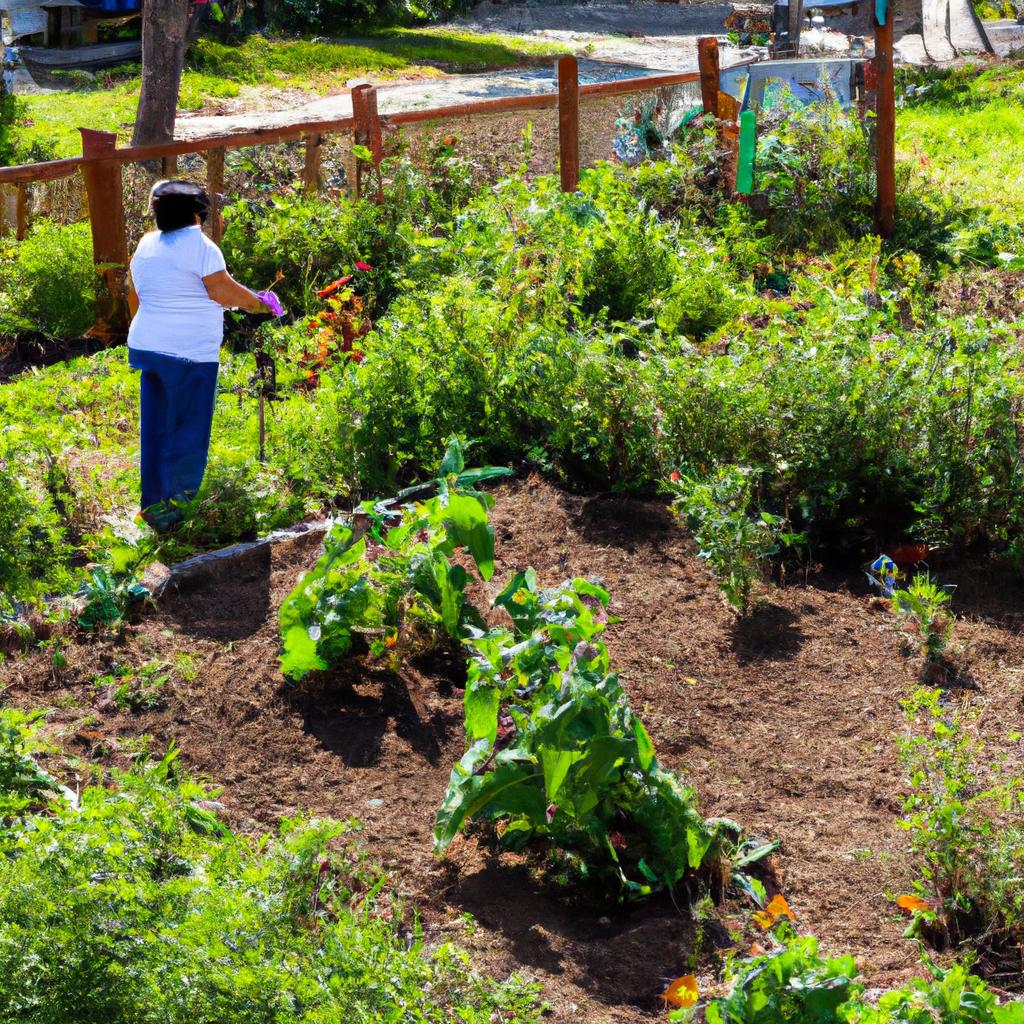Gardening has been a beloved activity for countless centuries, involving the nurturing and care of plants for both aesthetic and practical purposes. Garden culture, the art of cultivating nature, takes shape in various spaces, from small balconies to expansive backyards. In this article, we will delve into the captivating history, diverse types, incredible benefits, and potential challenges of garden culture. Join us on this journey to discover why embracing garden culture is vital for our overall well-being.
The Rich Tapestry of Garden Culture
Garden culture has woven its way through time, leaving behind a tapestry of captivating stories. The earliest gardens emerged in ancient Egypt and Mesopotamia around 4000 BC. These ancient civilizations cultivated gardens for sustenance, medicinal plants, and as havens amidst the desert. The Greeks and Romans followed suit, creating gardens that served both practical and aesthetic purposes. The Hanging Gardens of Babylon, one of the Seven Wonders of the Ancient World, stands as a testament to the grandeur of ancient garden culture.
Throughout the Middle Ages, gardens flourished, serving medicinal and culinary needs. Monasteries boasted gardens where herbs and medicinal plants were grown, while the wealthy indulged in ornamental gardens for entertainment. With the Renaissance came a new chapter in garden culture, elevating it to the status of an art form. Exquisite gardens adorned with intricate designs and sculptures became the epitome of beauty. Today, garden culture remains prevalent, with individuals creating unique gardens that reflect their personality and style.
Exploring the Diversity of Garden Culture
Garden culture encompasses a mosaic of activities, each offering its own distinct benefits and joys. Container gardening presents an excellent option for those with limited space or living in apartments. By growing plants in pots or containers, you can cultivate species that may not be suited to your climate. Moreover, you have the freedom to move them around to find the best sunlight and temperature conditions.
Community gardening stands as a shining example of collective effort. It brings individuals together to create shared gardens, promoting social interaction and providing fresh produce for the community. Community gardens nurture a sense of togetherness, foster healthy eating habits, and establish a feeling of ownership within the community.
Roof gardening embraces the vertical dimension, transforming barren rooftops into green havens. Besides reducing the urban heat island effect, roof gardens also provide insulation for buildings. They showcase the potential for turning urban spaces into vibrant green areas, even where parks and gardens may be scarce.
Vertical gardening is another innovative approach to optimize limited space. By growing plants on walls or trellises, you can create living walls or striking green facades. Vertical gardening serves as a fantastic solution to infuse urban areas with greenery, breathing life into concrete jungles.
Cultivating the Well-being Benefits
Garden culture bestows a multitude of benefits, encompassing physical health, environmental preservation, and social connection. Gardening serves as an enjoyable form of exercise, improving physical well-being while reducing stress and anxiety. Witnessing the growth and vitality of your plants fills you with a sense of accomplishment and pride.
Moreover, gardening contributes to environmental well-being. It aids in reducing carbon dioxide levels and provides a thriving habitat for birds, bees, and other wildlife. Additionally, gardening helps combat soil erosion and water pollution, making our world a better place for future generations.
Socially, gardening acts as a powerful unifier. Community gardens create spaces for individuals to bond, exchange knowledge, and collaborate towards a common goal. Gardening imparts a sense of purpose and fulfillment, particularly for retirees or those with limited mobility.
Overcoming Garden Culture Challenges
While garden culture offers a multitude of rewards, it is not without its challenges. One significant obstacle lies in space limitations. Not everyone possesses a large backyard or a balcony to create their dream garden. Lack of knowledge poses another hurdle. Gardening demands expertise, and without it, plants may struggle to thrive. Climate change presents yet another challenge, as fluctuating temperatures, rainfall patterns, and extreme weather events can impact plant growth and health.
Embrace Garden Culture: Cultivate Nature, Nurture Life
Garden culture is more than just a hobby; it is a way of life. It promotes physical and mental well-being, provides fresh produce, and aids in creating a sustainable environment. As we have witnessed, garden culture boasts a rich history, comprising various garden types to suit diverse needs. Despite the challenges, garden culture remains accessible to individuals of all ages, genders, and social statuses.
At TooLacks, we strongly believe that garden culture is an integral part of a healthy lifestyle. We encourage our readers to embrace garden culture in all its forms, whether through container gardening, community projects, or any other garden style that resonates with them. By fostering garden culture, we can collectively build a healthier and more sustainable world for ourselves and future generations. So, join us as we roll up our sleeves and begin cultivating nature!



